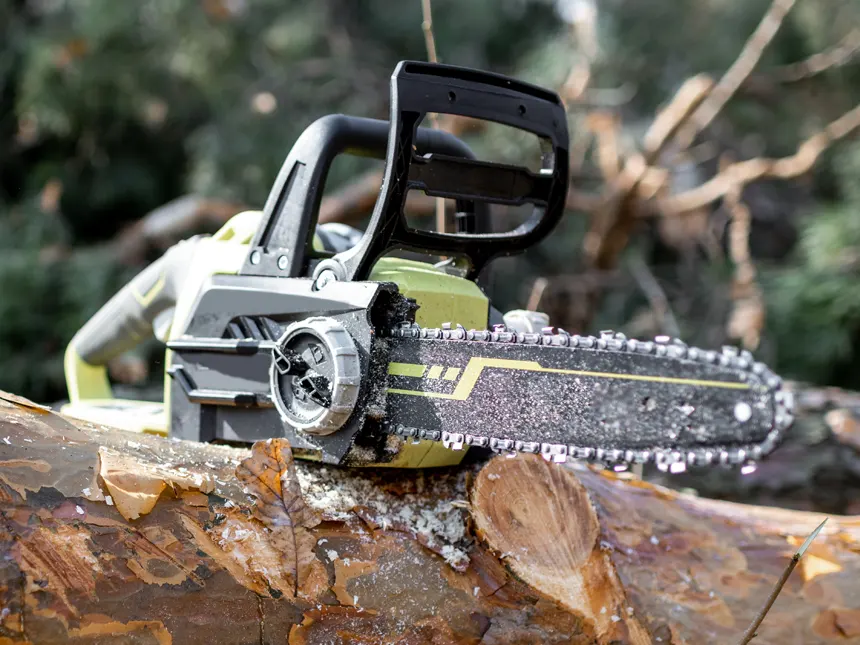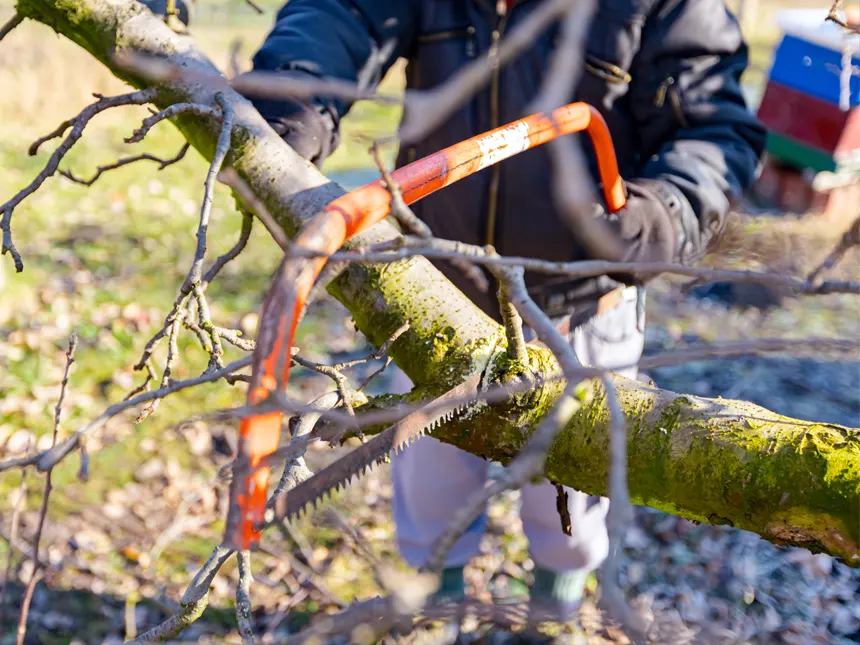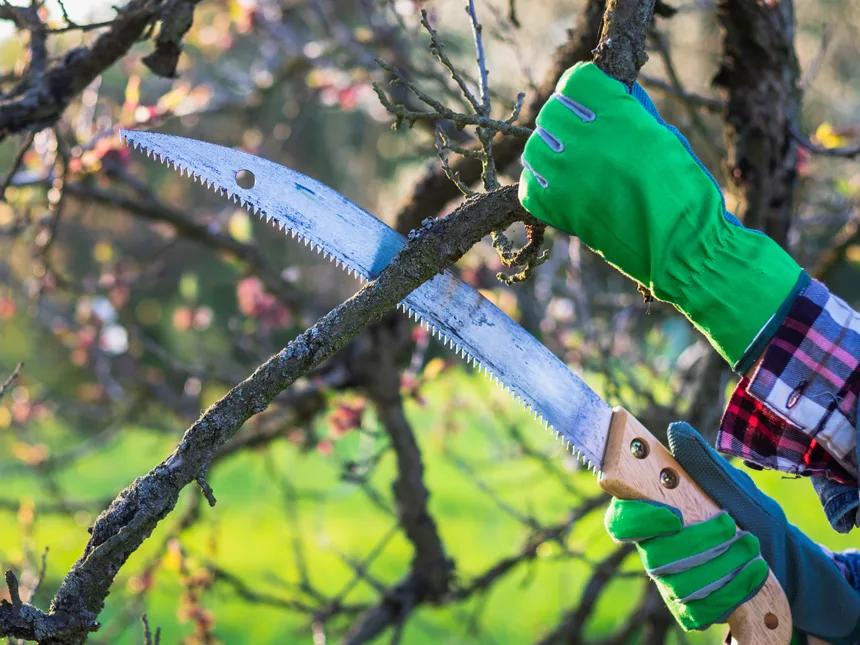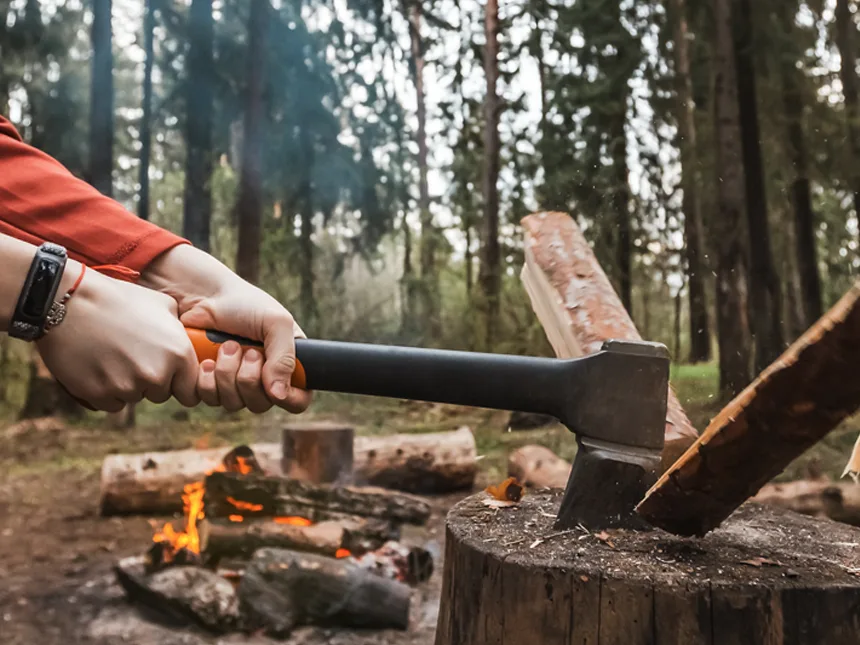Walnut Firewood: A Complete Guide
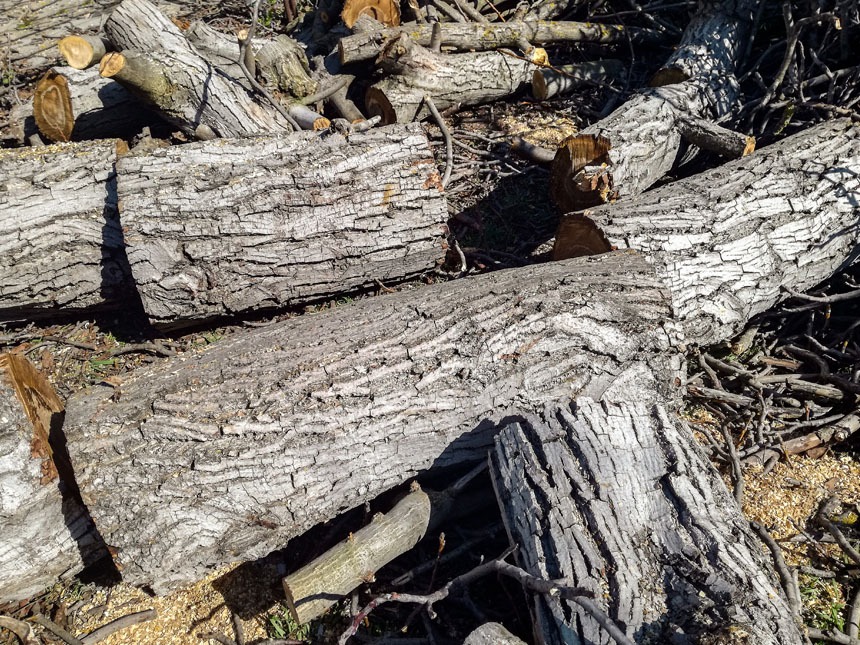
Timber Gadgets is reader-supported. We may earn a commission if you buy through the links on our site.
A Walnut tree is a large, deciduous tree, having lush foliage surrounded by a round covering of green. They usually have ridged, dark bark, feather-like pinnate leaves, and drupes, globular in shape containing a nut.
Walnut trees are 33 ft to 131 ft tall having a huge spread reaching 50 ft. They belong to the genus Juglans of plants and are well known due to their delightful nuts and lovely wood.
Immediate thoughts of nuts come to mind when a person hears about walnut trees, but walnut trees are much more than nuts. Its wood has numerous uses and can also be polished to excellence.
If urban walnut needs to be cut in bulk for any kind of reason, then firewood is mostly of the high worth.
Walnut trees are found in a number of different varieties, however, all of them exhibit some similar physical appearance that makes them unique from all other trees. Open-grown, large black walnuts usually produce one firewood cord or more.
Walnut trees are medium-density, exceptional firewood that is easily burned as compared to other firewood. The cost of cutting trees professionally may be partially balanced by the worth of firewood.
Table of Contents
Is Walnut Good Firewood?
It is a challenging task to decide which firewood is the best. Wood that burns great puts a terrible smell away. While some are difficult to dry. An average walnut tree yields around one cord but a person can get more out of it.
Firewood used at home should burn cleanly to avoid a smoky mess. When burned, walnut firewood produces a good aroma that’s enjoyable to most.
The only problem with walnut firewood is that its BTU (British thermal unit) rate is considerably low as compared to other high-end alternatives. Hardwoods like oak have a higher BTU rating. However, softwoods like pines and fir are inferior to walnut for their lower BTU rate.
Basically, it means that although walnut makes fine firewood, it yields less heat as compared to top hardwood. Usually, walnut trees are not harvested for the purpose of firewood because they have a relatively high commercial value. Wood obtained from walnut trees is mostly used in furniture.
The quality of urban walnut trees is not good for furniture as it has many forks and knots, hence it finds it better use as firewood. Urban trees have many branches and are short in length.
Burn Qualities of Walnut Firewood
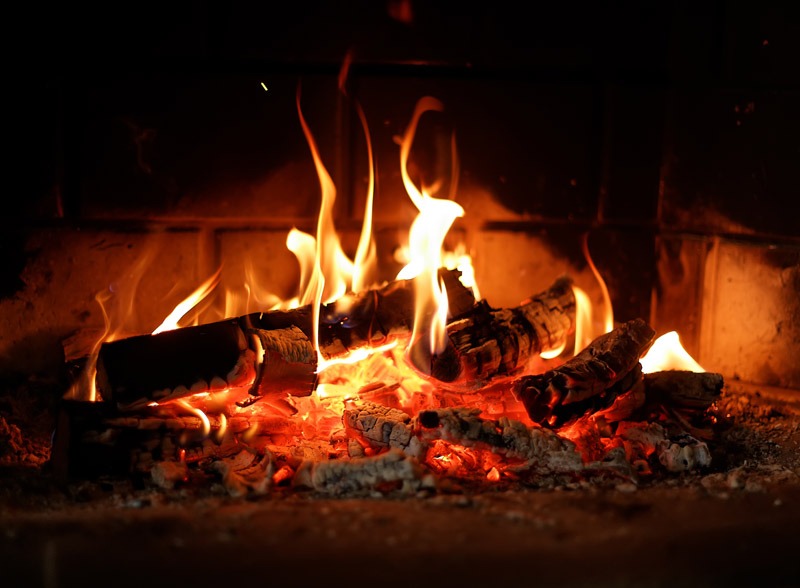
Despite the inferior quality, it has the advantage of burning well and produces little smoke. Moreover, it has a pleasant smell and it’s easy to burn. The heat intensity produced by black walnut is the same as oak but it warms up much fast than the oak. In general, the goodness of walnut firewood depends upon its adequate supply.
Heat Output
Walnut produces 22 million BTU which is considered average amongst other firewood. BTU or British thermal unit is used to measure heat parameters. 1 BTU is the amount of energy needed to increase the temperature of one pound of water by one degree.
In the range of firewood species having BTU from 12 to 32, walnut falls somewhere in the middle. So, its heat production can be called average.
Related: The Best Firewood Carts
It may burn fast but it produces good coal and it’s easy to split. In my opinion, this makes walnut a worthy option for burning.
Creosote
Firewood on burning produces different nature of particles in the smoke some of which may stick to the inside of your chimney these are called creosote. It may produce in low or higher quantities in almost any firewood. The desirable character is that fire would produce it in lower quantities. The main problem it causes is the narrowing of the chimney and due to its flammable properties, it may also catch fire.
As for walnut, it produces a low quantity of creosote so this does not pose a major concern, however routine cleaning of your stove and chimney is advised to clean off any built-up so that you may enjoy your fire smoothly.
An important character deciding the quantity of creosote is the moisture content. Always burn properly seasoned firewood with low moisture content, because it will burn fast and produce low smoke any firewood if burnt wet will produce more creosote than the dry wood.
Sap
High sap content can be a problem while working with wood and later burning in your stove because it leads to more smoke residues. Walnut has an average SAP content somewhere between 8 to 14 percent in completely seasoned firewood.
Spark
Walnut produces low sparks while burning. It is a desirable character as the firewood producing the high sparks scan bears a risk of spreading fire, especially when burnt in a fireplace without doors. Some firewood may spark so high that it can damage your stove.
Smoke
If firewood is properly seasoned and has low moisture, it produces very little smoke. But when the moisture content is high, wood can produce a large amount of smoke. Using a moisture meter is check the moisture level is always a good idea.
Smell
Walnut produces very little smoke with a pleasant smell. It has a nutty texture and a very faint earthy touch to it. It also holds some sweetness with it. So, burning walnut is a pleasant experience and it further adds to the wonderful experience of firewood.
Of course, the smell is a very significant and important attribute. Some people tend to select firewood entirely based on its aroma. There are many kinds of wood, like cherry, which perform exceptionally great in this context and even find their use in food cooking purposes. Likewise, there are poor performers in this section that either do not smell or may even smell unpleasant.
Coal
Seasoned walnut produces good quality coal. It produces some quantity of ash on burning completely but it is an average amount.
Quality of coal is determined by how long it continues to produce a lot of heat.
Good quality coal burns a long time, keeping the stove warm for hours. Low-quality coal disintegrates fast and you cannot enjoy it for a fair time.
Splitting Walnut
Walnut wood splits up easily and does not require much effort or equipment to use. A quality splitting axe or maul will serve the purpose and will do the work. If you have a hydraulic log splitter, then it gets even easier to work with walnut.
However, if the tree is fork-like or has knots then it will be difficult to split it.
Related: The Best Axes for Splitting Wood
Walnut trees growing in an urban area where there is less or no density of trees, tend to produce a lot of side branches and show less vertical growth. It is best to select a Walnut tree grown in a densely wooded area, as they tend to grow taller. They are easier to split and considered better both for furniture and firewood purposes.
Properly seasoned or low moisture wood cuts better so finding a dead tree or dried wood is helpful.
Comparing Walnut to Other Firewood
Walnut performs well when compared to other firewood. It has many favorable characters such as high density, easier to split, less smoke, good coal and smell, and low sparks. However, its availability may be limited due to its high value for furniture so if you have walnut available burn it with peace, you will enjoy it.
It produces fair amount of heat and it is dense so it packs good amount of mass(weight) in one cord of volume.
Here we shall draw a comparison table for different characters of a few firewood species for our better understanding
| Species | Weight (lbs/Cord) Dry | Heat per Cord (Million BTUs) | % of Green Ash |
|---|---|---|---|
| Osage-orange | 4728 | 32.9 | 165 |
| Apple | 3888 | 27.0 | 135 |
| Walnut, Black | 3192 | 22.2 | 111 |
| Cherry | 2928 | 20.4 | 102 |
| Elm, American | 2872 | 20.0 | 100 |
| Basswood (Linden) | 1984 | 13.8 | 69 |
How Long to Season Walnut Firewood?
Seasoning usually means reducing the moisture content of firewood below 20 percent, keeping it in a stack, and allowing it to dry in sunshine and air.
Important conditions on which seasoning time depends are;
- Moisture level of wood to be seasoned
- Conditions under which wood will be seasoned
While some walnut firewood may season in as low as 6 months, freshly cut walnut should be seasoned for around one year to bring the moisture level down to an acceptable level. It can, however, take up to two years for walnut to be seasoned properly.
Seasoning determines the ease of splitting the firewood and how well it will burn.
Firewood with a moisture level above 20 percent can be hard to light, doesn’t burn as easily, and produces more smoke than seasoned firewood.
Seasoning time also depends upon various factors, as the climate of different areas; dry and hot weather speeds up the drying process. Stack your wood in an open area with plenty of sunshine and airflow. Keep your stack covered on top to protect from rain etc.
These factors will help you reduce the seasoning time required for your firewood.
Identifying Walnut Trees
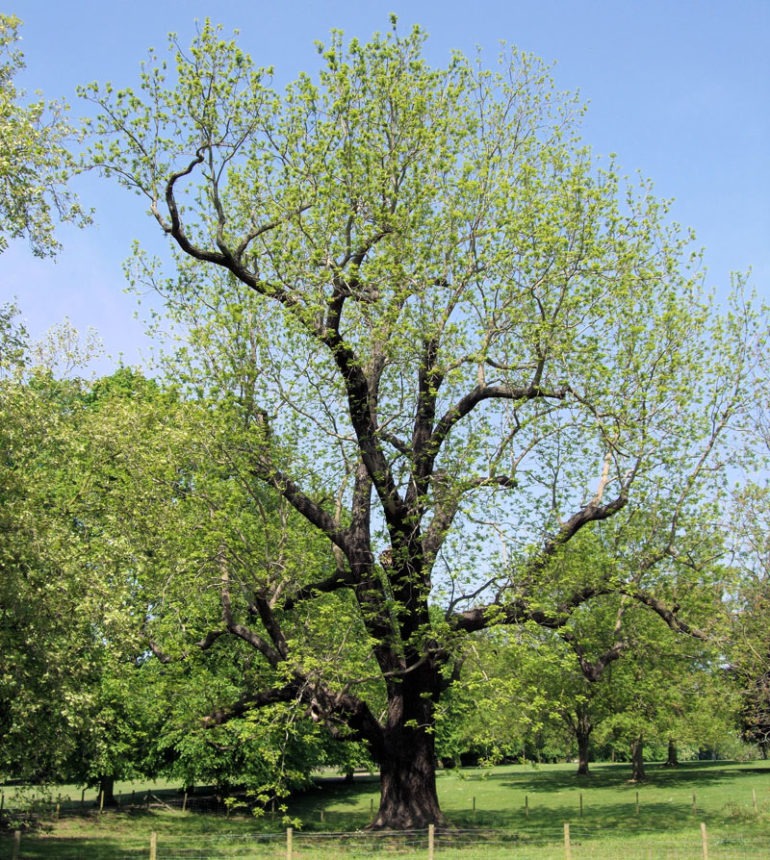
Walnut is a deciduous tree with a large green canopy belonging to the genus Juglans. It is appreciated for its precious wood and nutritious nuts. Black walnut is the most common from the group of 21 walnut species. Different walnut varieties are native to North America, Europe, China, and Asia.
The fruit of a walnut tree is enclosed in a green husk and is called a drupe. What we call a nut is actually the seed or the edible portion of that drupe. The nut shows a brain-like pattern.
Walnut tree wood has a chocolaty or dark brown color, and it finds its use in making furniture and carvings.
It needs well-drained, fertile, loam, and silt loam soils, with full sunshine for optimum growth. Black walnut is also called an allelopathic tree because it releases chemicals in the ground which cause the death of other plants growing nearby.
Leaves
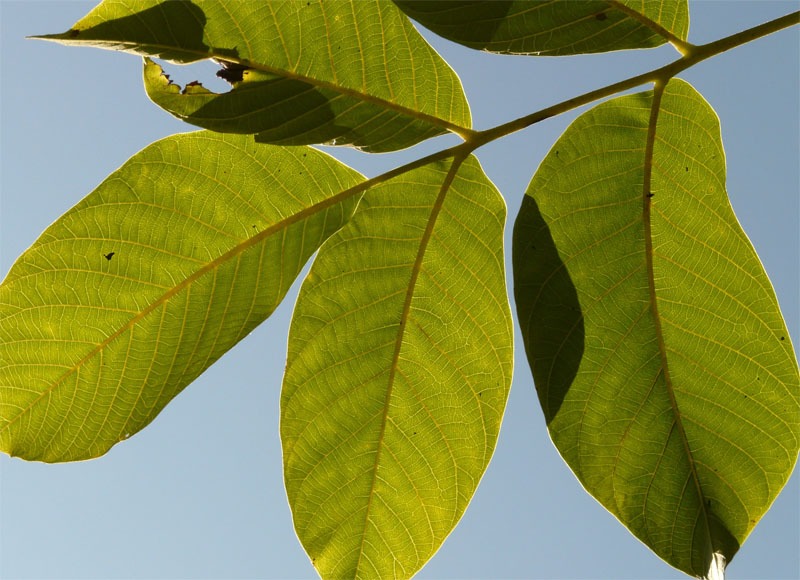
Walnut trees have compound leaves which may contain 5 to 25 leaflets. Leaves are toothed and produce a spicy citrus flavor when they are crushed.
The black walnut tree has rounded and shorter leaflets and the terminal leaflet is usually small or can be missing sometimes. Leaves turn yellow or brown in the fall season.
Nuts
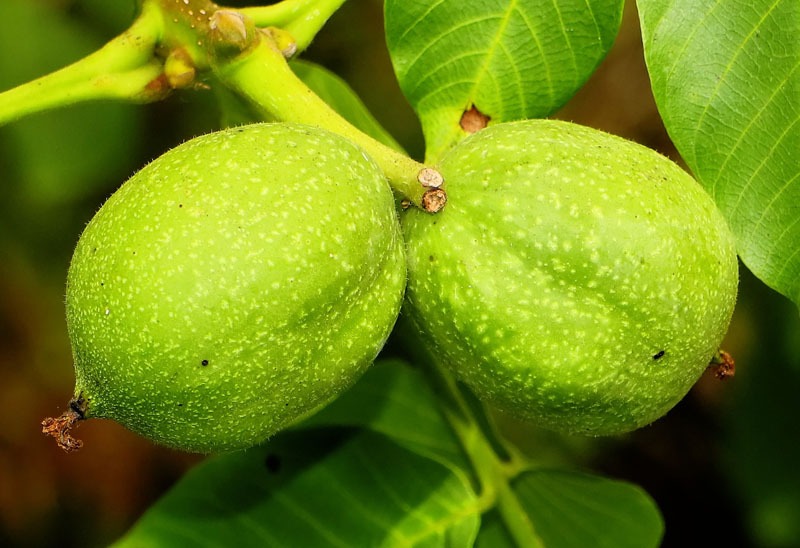
Walnuts produce their fruits in form of a green, round, or oblong ball-like structure. The fruit has an outer green husk that encloses a hard-shelled drop inside which edible nut resides.
Bark
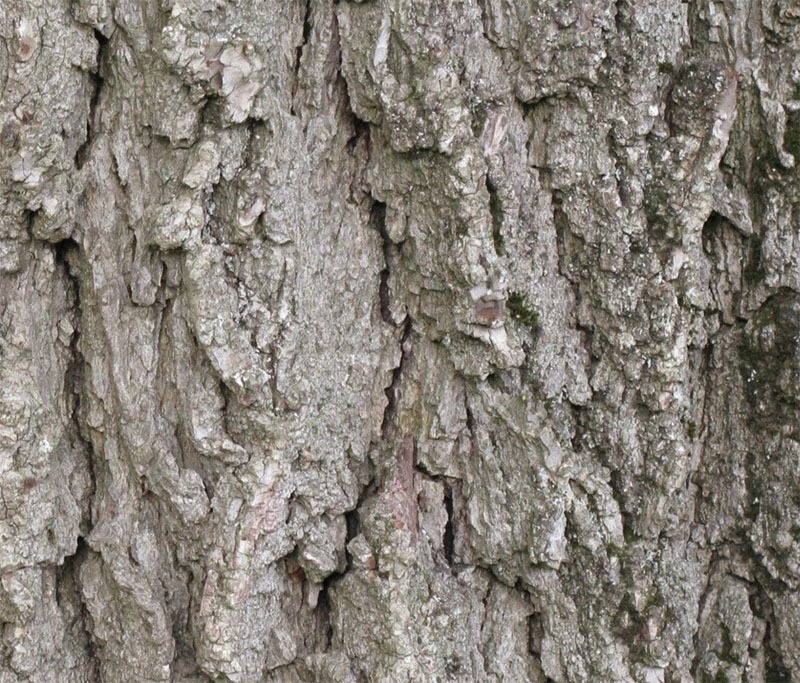
The bark of a walnut tree has deep ridges which go up and down the trunk. The color of walnut bark can be from dark grey to Brown and can produce patterns like a diamond shape. Some varieties may have light gray and smooth bark.
Different Types of Walnut
Listed below are some of the more popular types of walnut trees.
Black walnut
Black walnut is best known for its quality wood and tasty nuts. Black walnut has oval-shaped leaflets, compound leaves are pinnate and contain 15 to 23 leaflets. It has dark gray to brown bark of diamond shape with deep ridges. This different pattern can be used to identify black walnut trees.
White walnut
It is also known as butternut wood. It is relatively softer than black walnut. It has grey bark, smooth in texture, and grows up to the height of 66 ft. Leaflets are around 11 to 23 and have an oblong shape. White walnut usually has a single large terminal leaflet.
Fruit shape provides distinguishing feature for butternut as it has oval shaped fruit compared to round fruit from other varieties.
It also produces toxins in the ground but it is less strong as compared to black walnut.
English Walnut
English walnut, also known as a Persian walnut, grows to the height of 65 ft and produces walnuts which are usually found in stores. It has dark grey or brown color bark and contains deep furrows.
Its leaves contain 5 to 9 leaflets and have a lower number of leaflets compared to other common varieties. Its nuts have a mild and pleasant taste. It produces round tennis-like fruit which changes its color from green to dark brown upon falling from the tree.
Conclusion
Walnut is ranked as good or above average firewood. It loses its lead only in BTU count and it can get a little expensive if purchased. Otherwise, its overall quality outperforms many firewood species.
If you can get it in ample amount, GO BURN IT.


